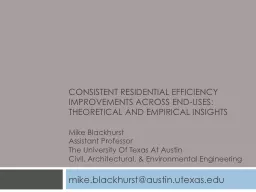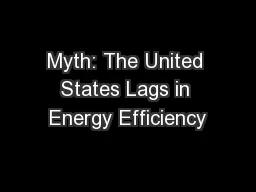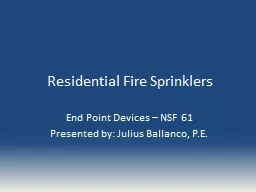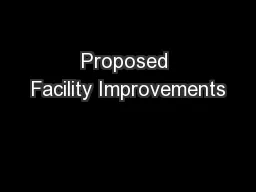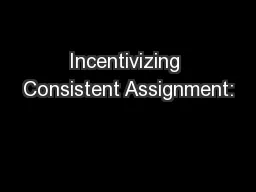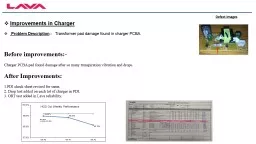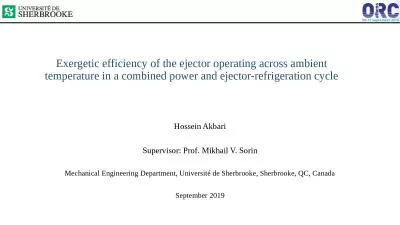PPT-Consistent RESIDENTIAL Efficiency Improvements ACROSS END-U
Author : lindy-dunigan | Published Date : 2016-06-28
Mike Blackhurst Assistant Professor The University Of Texas At Austin Civil Architectural amp Environmental Engineering mikeblackhurstaustinutexasedu Multiple Perspectives
Presentation Embed Code
Download Presentation
Download Presentation The PPT/PDF document "Consistent RESIDENTIAL Efficiency Improv..." is the property of its rightful owner. Permission is granted to download and print the materials on this website for personal, non-commercial use only, and to display it on your personal computer provided you do not modify the materials and that you retain all copyright notices contained in the materials. By downloading content from our website, you accept the terms of this agreement.
Consistent RESIDENTIAL Efficiency Improvements ACROSS END-U: Transcript
Download Rules Of Document
"Consistent RESIDENTIAL Efficiency Improvements ACROSS END-U"The content belongs to its owner. You may download and print it for personal use, without modification, and keep all copyright notices. By downloading, you agree to these terms.
Related Documents

